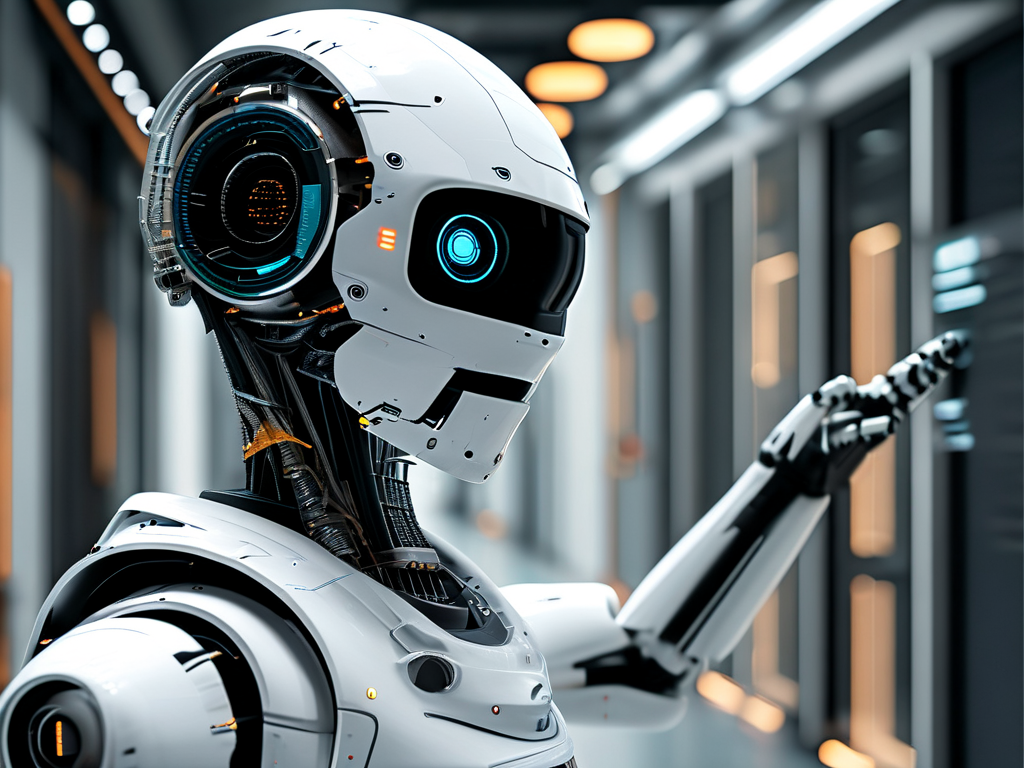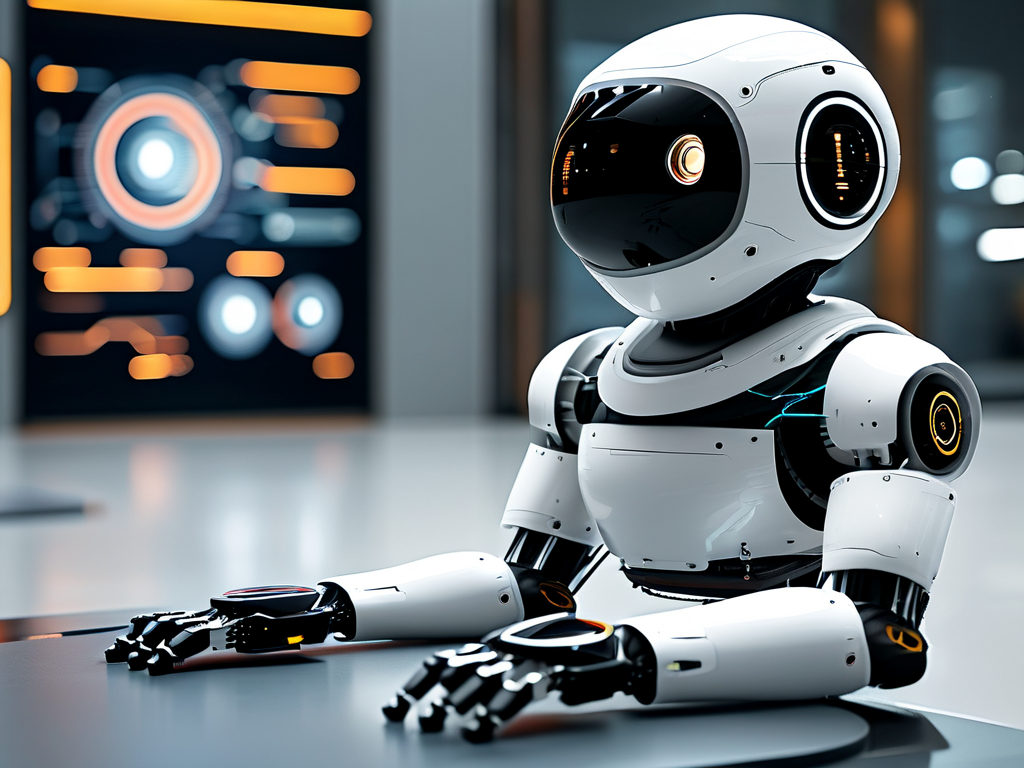Robotic sensing technology forms the backbone of modern automation systems, enabling machines to perceive and interact with their environment. This field combines physics, electronics, and data processing to create adaptive systems capable of real-time decision-making. From industrial assembly lines to exploratory space rovers, the evolution of sensing mechanisms continues to redefine the boundaries of robotic capabilities.

Core Mechanisms in Sensor Technology
At its foundation, robotic sensing relies on transducers – devices that convert physical phenomena into measurable electrical signals. Tactile sensors, for instance, detect pressure variations through piezoresistive or capacitive principles. A robotic gripper equipped with such sensors can adjust its grip strength by analyzing resistance changes caused by object deformation.
Optical sensors employ CMOS or CCD arrays to capture light patterns. In machine vision systems, these sensors work with structured light projection to create 3D surface maps. Autonomous vehicles utilize this technology combined with LiDAR (Light Detection and Ranging) to generate precise environmental models, calculating distances through time-of-flight measurements of laser pulses.
Data Fusion Challenges
Modern robotic systems integrate multiple sensor types, creating a technical challenge known as sensor fusion. An agricultural drone might combine GPS coordinates, inertial measurement unit (IMU) data, and multispectral imaging – requiring sophisticated algorithms to synchronize these inputs. Kalman filters and machine learning models are commonly deployed to resolve discrepancies between sensor readings and improve measurement accuracy.
Signal processing plays a critical role in noise reduction. Infrared proximity sensors in warehouse robots, for example, must distinguish between genuine obstacles and environmental interference. Advanced filtering techniques using Fast Fourier Transform (FFT) algorithms help isolate relevant frequency components from raw sensor data.
Emerging Applications
Medical robotics demonstrates cutting-edge applications of sensing technology. Surgical robots now incorporate haptic feedback systems using strain gauges and piezoelectric actuators. These systems measure tool-tissue interaction forces with micron-level precision, allowing surgeons to "feel" through robotic interfaces during minimally invasive procedures.
Underwater exploration robots present unique sensing requirements. Salinity-resistant pressure sensors using doped silicon membranes enable depth measurements in corrosive marine environments. Acoustic Doppler sensors help these robots maintain position stability against strong currents while collecting oceanic data.
Technical Limitations and Solutions
Power consumption remains a persistent challenge in mobile robotics. Millimeter-wave radar systems offer a compromise between energy efficiency and detection accuracy, consuming 40% less power than equivalent LiDAR systems while maintaining sub-centimeter ranging precision. Energy harvesting techniques, such as piezoelectric vibration converters, are being integrated into sensor designs to extend operational durations.

Calibration drift affects long-term sensor reliability. Self-calibrating sensors using reference standards are becoming mainstream. A temperature sensor might include a built-in thermocouple that periodically validates readings against known physical constants, automatically adjusting calibration parameters through embedded firmware.
Future Development Trends
Neuromorphic sensor designs inspired by biological systems show promising results. Event-based vision sensors mimic retinal functionality, recording only pixel-level brightness changes rather than full-frame images. This approach reduces data throughput by 90% while improving motion detection latency – a breakthrough for high-speed industrial sorting robots.
Quantum sensing technologies are entering prototype stages. Superconducting quantum interference devices (SQUIDs) demonstrate unprecedented magnetic field sensitivity, potentially enabling robots to detect subterranean structures or monitor neural activity through magnetic encephalography.
The integration of 5G connectivity with sensor networks is creating new possibilities for distributed robotics. Swarm robots in precision agriculture can now share real-time soil moisture data across kilometer-scale areas, using time-synchronized measurements to create comprehensive field analysis maps.
As robotics permeates diverse industries, sensing technology continues to evolve through interdisciplinary innovation. Current research focuses on enhancing sensor robustness while reducing form factors and power requirements. The next generation of robots will likely feature biohybrid sensors combining organic and synthetic components, pushing the boundaries of environmental interaction and artificial perception. These advancements promise to unlock new applications in fields ranging from deep-sea exploration to personalized healthcare, fundamentally transforming how machines understand and navigate our world.









